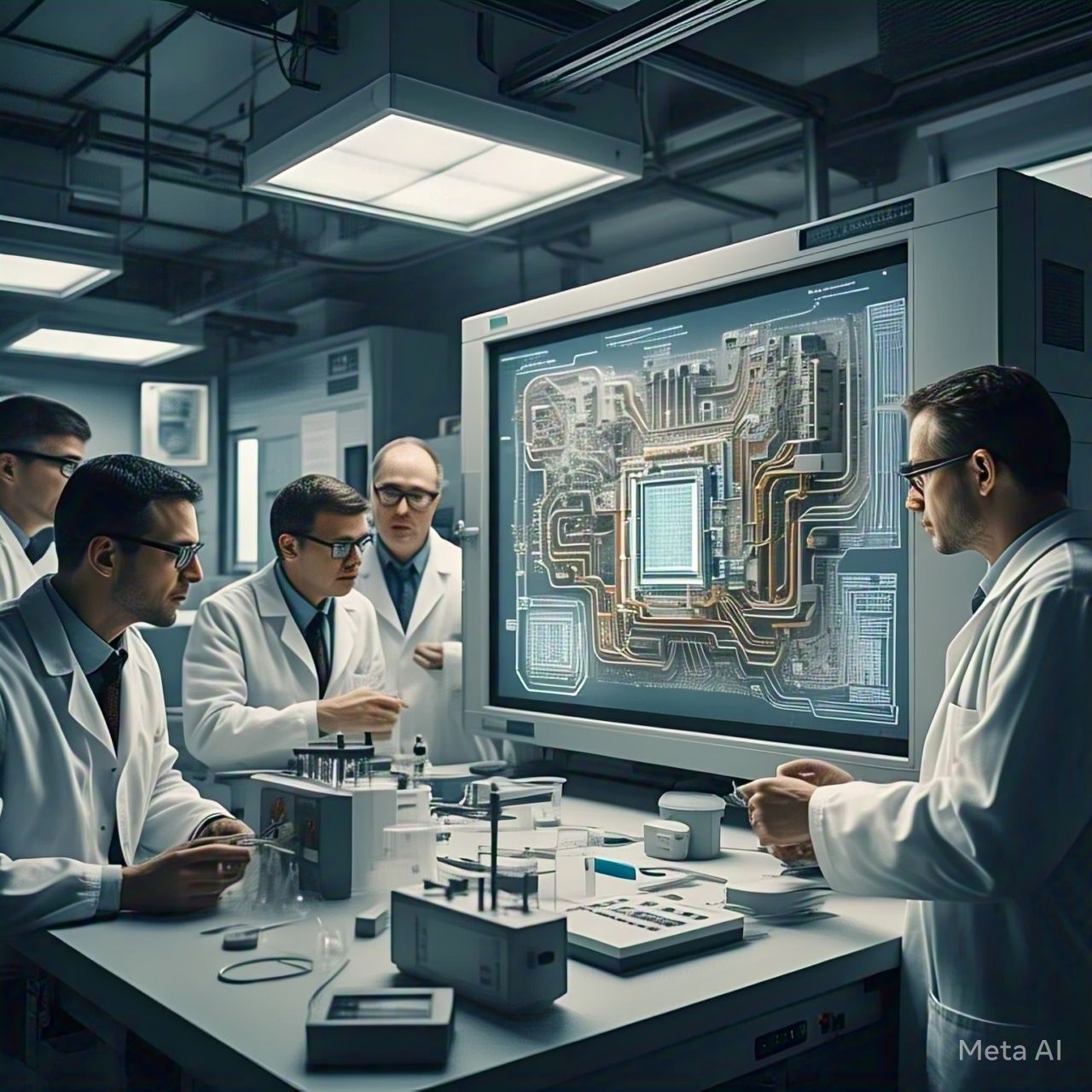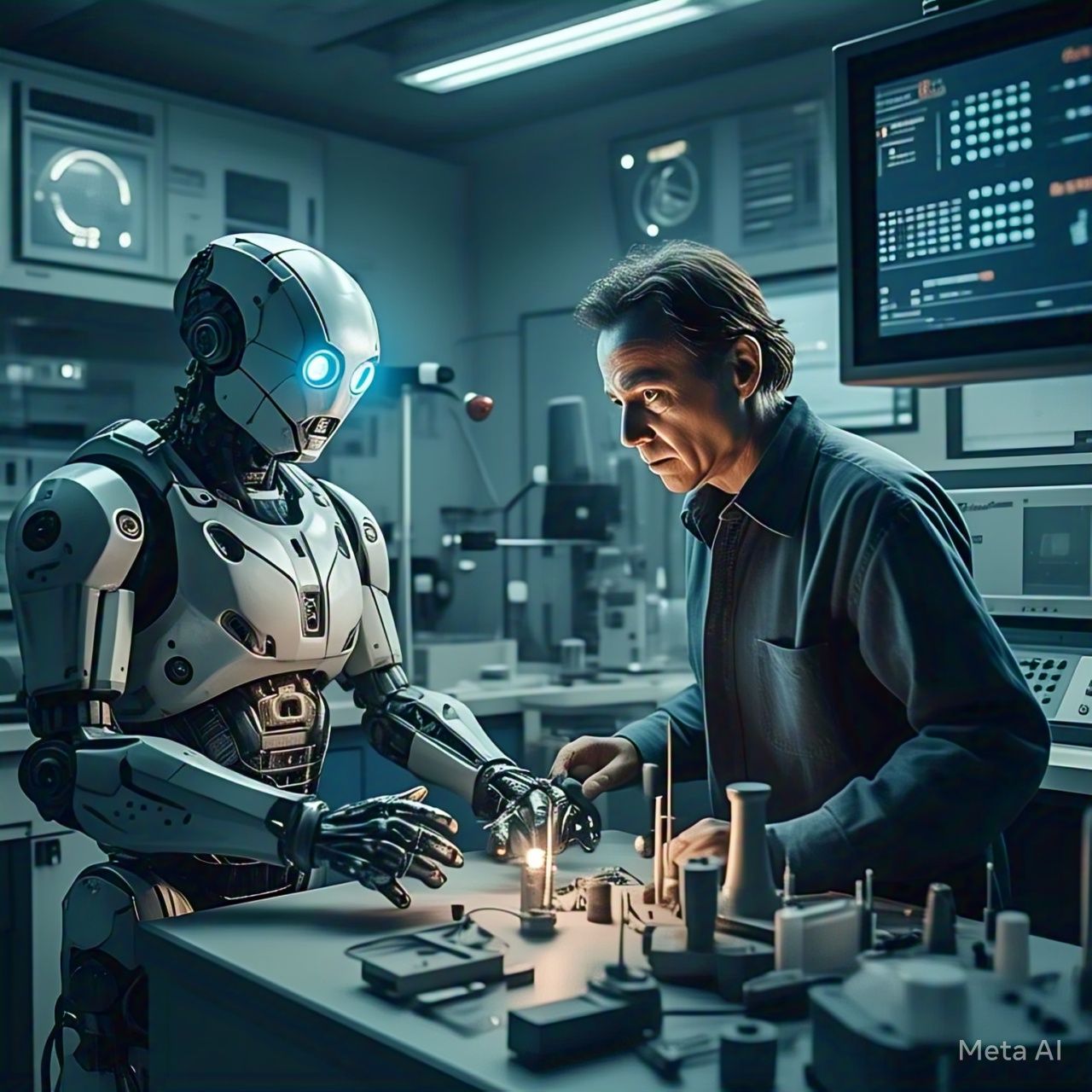Table of Contents
- Introduction
- What Are Neural Chips?
- The Science Behind Neural Chips
- How Neural Chips Mimic the Human Brain
- Advantages of Neural Chips in AI
- Real-World Applications of Neural Chips
- Challenges and Limitations
- The Future of AI with Neural Chips
- Ethical Considerations
- Conclusion
- FAQs
1. Introduction
Artificial Intelligence (AI) has evolved rapidly over the past decade, but conventional processors still face limitations in efficiency, speed, and power consumption. The emergence of neural chips—a revolutionary technology that mimics the human brain—offers a promising path forward. These specialized processors are reshaping AI by enabling more efficient, adaptive, and brain-like computing. But how exactly do they work, and what impact will they have on AI? This article delves into the science, advantages, and future of neural chips.
2. What Are Neural Chips?
Neural chips, also known as neuromorphic processors, are designed to replicate the structure and function of biological neurons. Unlike traditional CPUs and GPUs, which process information sequentially, neural chips utilize spiking neural networks (SNNs) to process data asynchronously and in parallel, similar to how the human brain operates.
Key Features of Neural Chips
| Feature | Traditional Chips | Neural Chips |
|---|---|---|
| Processing Style | Sequential | Parallel, event-driven |
| Power Efficiency | High consumption | Energy-efficient |
| Learning Method | Pre-programmed | Adaptive learning |
| Speed | Slower in AI tasks | Faster and real-time processing |
3. The Science Behind Neural Chips
Neural chips use spiking neural networks (SNNs), which mimic the electrical signals of neurons in the brain. These networks operate based on real-time stimuli, meaning they only activate when necessary, reducing energy consumption and improving efficiency.
Key Technologies Used:
- Memristors: Enable memory storage and processing in the same unit, reducing latency.
- Analog Computing: Mimics biological processes more closely than digital computing.
- Low-Power Synapses: Reduce energy needs, making AI systems more sustainable.
4. How Neural Chips Mimic the Human Brain
4.1 Spiking Neural Networks (SNNs)
Unlike traditional deep learning models, SNNs process data through spikes, much like how neurons transmit electrical signals in the brain.
4.2 Synaptic Plasticity
Neural chips adapt and evolve, strengthening or weakening connections based on experience—mirroring the learning process of human brains.
4.3 Parallel Processing
Whereas traditional computers execute instructions one at a time, neural chips process information simultaneously, allowing for faster decision-making.
5. Advantages of Neural Chips in AI
Neural chips offer numerous benefits over conventional processors, including:
5.1 Energy Efficiency
Since they operate only when triggered, neural chips consume significantly less power than GPUs or CPUs.
5.2 Real-Time Processing
Neural chips are exceptionally fast, enabling real-time decision-making in applications such as autonomous vehicles and robotics.
5.3 Improved Learning Capabilities
Unlike traditional AI models that require massive datasets, neural chips can learn from smaller datasets and adjust dynamically.
6. Real-World Applications of Neural Chips
6.1 Healthcare and Biomedical AI
Neural chips enhance medical diagnosis and prosthetic control by processing neural signals more naturally.
6.2 Autonomous Systems
Self-driving cars and robots benefit from the low-latency, real-time decision-making capabilities of neural chips.
6.3 Smart Devices and IoT
Devices powered by neural chips can adapt to user behavior, improving efficiency and user experience.
6.4 Financial and Security AI
Neural chips accelerate fraud detection and cybersecurity systems by analyzing data patterns instantly.
7. Challenges and Limitations
Despite their advantages, neural chips face several challenges:
7.1 Complexity of Design
Neural chips require advanced fabrication techniques that are more complex than traditional silicon-based chips.
7.2 Integration Issues
Most current AI systems are designed for GPUs and CPUs, making integration of neural chips difficult.
7.3 Ethical and Security Concerns
As AI systems become more autonomous, concerns about control, bias, and ethical usage increase.
8. The Future of AI with Neural Chips
8.1 Quantum Computing and Neural Chips
Future AI could integrate quantum computing and neural chips, leading to unprecedented processing power.
8.2 AI That Thinks Like Humans
With continued advancements, neural chips might enable AI that mimics human cognition, leading to breakthroughs in general intelligence.
8.3 Neuromorphic Cloud Computing
Neural chips could transform cloud computing, making AI faster, more efficient, and widely accessible.
9. Ethical Considerations
9.1 AI Autonomy and Control
If neural chips create more autonomous AI, how do we ensure human oversight?
9.2 AI Replacing Jobs
As AI becomes more intelligent, the risk of job displacement in various industries increases.
9.3 Bias and Fairness in AI
Neural chips must be designed to avoid bias and ensure fair decision-making.
10. Conclusion
Neural chips are revolutionizing AI by making it faster, more energy-efficient, and more human-like. While challenges remain, ongoing research promises a future where AI can process information as seamlessly as the human brain. The question remains: How far can we push this technology, and what ethical boundaries should we consider?
11. FAQs
1. What makes neural chips different from traditional AI processors?
Neural chips mimic the brain’s structure, allowing for adaptive learning, low power consumption, and real-time processing.
2. How do neural chips help AI learn faster?
They use spiking neural networks (SNNs), which allow them to process information similarly to neurons, enabling dynamic learning.
3. Can neural chips lead to conscious AI?
While they bring AI closer to human-like processing, true consciousness remains a philosophical and scientific debate.
4. What industries will benefit most from neural chips?
Neural chips will significantly impact healthcare, autonomous systems, smart devices, and security AI.
5. Are there risks associated with neural chips?
Yes, challenges include integration issues, ethical concerns, and the potential for AI surpassing human control.




